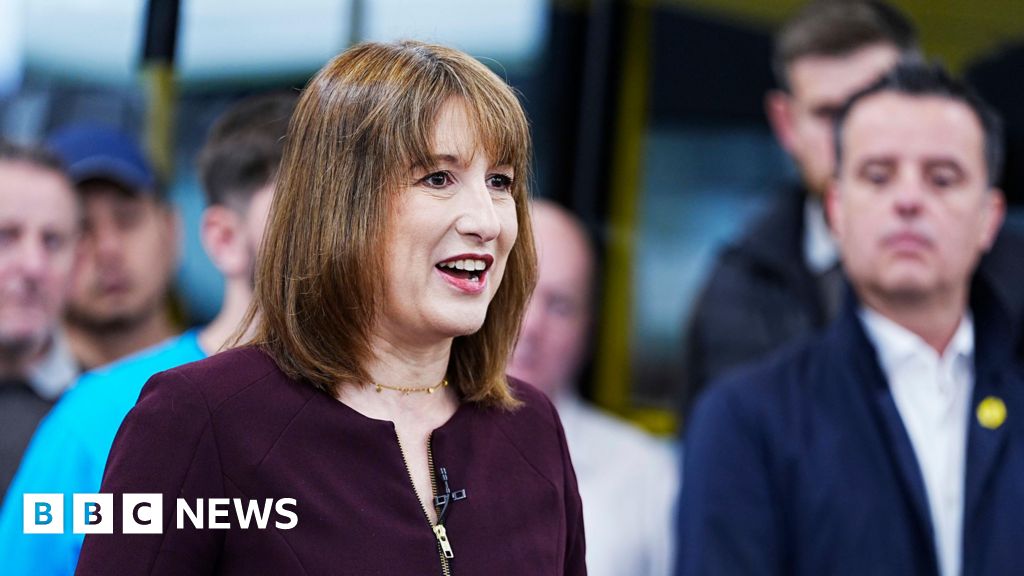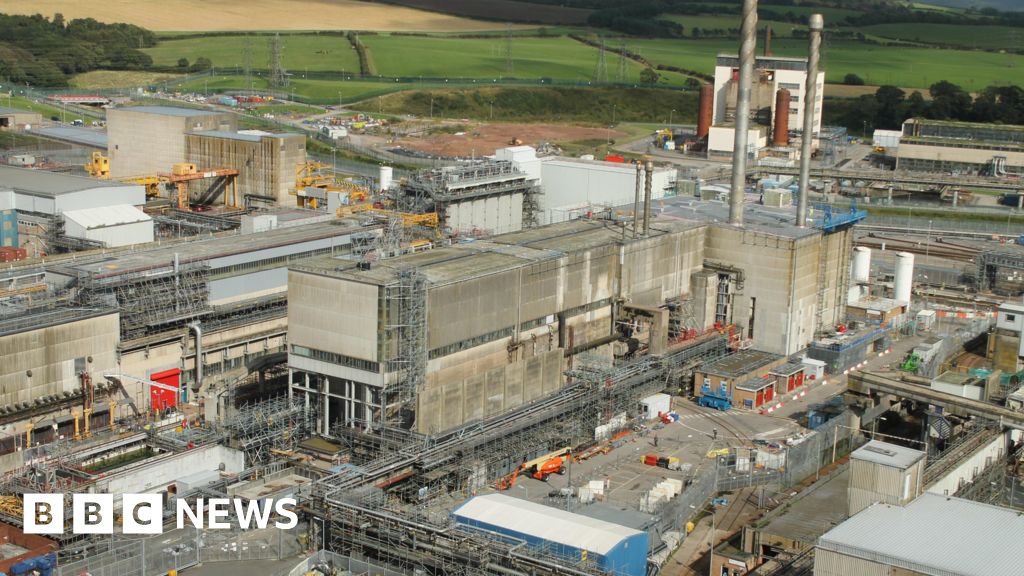ARTICLE AD BOX
By Richard Morris and Kate Whannel
BBC News
image sourcePA Media
image captionBoris Johnson visits the Nissan factory in SunderlandBoris Johnson wants us all to live greener lives, but his own minister leading on climate change has admitted he is yet to swap his diesel car for an electric alternative. So how many politicians are actually putting their motors where their mouths are?
As part of its plan to lower carbon emissions, the government wants to ban the sale of new petrol and diesel cars by 2030, and hybrids by 2035.
So, in theory, by 2050 most cars on the road should either be electric, use hydrogen fuel cells, or some other non-fossil fuel technology.
Mr Johnson has said the move towards electric cars is part of a "green revolution", but is he leading by example?
Well, not really. The one-time keen cyclist is now driven around in government cars, which the prime minister says run on "hydrocarbons" - ie fossil fuels.
However, he has promised he was trying to phase them out as "conveniently and economically" as possible.
The most recent figures from the Department for Transport show that currently nearly 65% of vehicles in the government's car service - which ferries ministers from place to place - are electric or hybrid. The service's old cars are put up for auction.
Another minister who aspires to do better is Alok Sharma - the man leading the COP26 climate change conference, due to be held in Glasgow this November.
On Monday, he told the BBC's Newsnight programme that he "along with millions of other people" owned a diesel car.
"I don't drive it very much," he quickly added and sought to assure viewers his next car "would certainly be electric".
Hybrid and electric, what's the difference?
- Both hybrids and electric cars are capable of driving on electric energy alone. It's just a matter of battery size
- Hybrid cars have a small battery under the rear seats which stores power as the car comes to a stop. This is done using regenerative braking
- Plug-in hybrids have a slightly larger battery, are quick to charge using a standard power socket and can usually hold enough charge to travel around 30 miles. After this, the conventional petrol engine kicks in
- Both hybrids and plug-in hybrids still need to be filled with petrol or diesel
- Full electric vehicles have huge batteries which make up the whole floor of the vehicle - some can get over 400 miles on a single charge
- "Mild hybrids" have the smallest batteries, and these simply power components in the car that would have otherwise run off the engine
- They don't provide enough power to run the car on electric power alone
Similarly, Labour's shadow business secretary Ed Miliband, who shadows Mr Sharma, has admitted that his efforts to get an electric car were a "work in progress".
Speaking to ITV's Good Morning Britain in March, he said he had been planning to buy one "before lockdown".
"It is going to happen," he said, adding: "I promise you."
Labour says he has since started driving an electric car on lease and is hoping to buy a Nissan Leaf.
His party leader, Sir Keir Starmer drives a hybrid vehicle, which was in the headlines earlier this year when Sir Keir was involved in a collision with a cyclist.
image sourceGetty Images
image captionShe's (not yet) electric - the PM's climate conference spokesman Allegra Stratton says she is sticking with her diesel for the moment"I don't fancy it just yet" - that was the more blunt reply from the prime minister's climate spokesperson Allegra Stratton, when asked if she owned an electric vehicle.
Speaking to Times Radio, she explained that her parents lived more than 200 miles away and she worried "having to stop the vehicle to charge it would slow the journey down".
But surely there must be a politician somewhere in Westminster who will admit to owning an electric car?
Step forward Grant Shapps - appropriately enough the transport secretary.
'Bit of a geek'
While most cabinet ministers seem slightly coy about what car they drive (our ring round of government departments received very few responses) Mr Shapps has, in the past, been happy to boast about his Model 3 Tesla which he's been driving for two years.
"I'm a bit of a geek and always ahead on gadgets," he wrote in the Times newspaper in 2019.
However, he acknowledged that many other people were put off by the lack of charging points, fearing they would be stranded in an emergency.
Conservative MP Michael Fabricant wrote on his website that potential customers were also concerned about the amount of time it could take to recharge their car batteries.
"Unless I lived on the Isle of Wight, I wouldn't consider getting an electric car just yet," he said.
image sourcePA Media
image captionNot for me, thanks - Business Secretary Kwasi Kwarteng says he doesn't own a carAccording to EDF, there are more than 42,000 charging points in over 15,500 locations across the UK, which means there are more places to charge than petrol stations.
Seven thousand new chargers were added in 2020, some of which were the new generation Ionity rapid chargers, which can fully charge a car in as little as eight minutes.
While Mr Shapps may be able to proudly proclaim his electric car credentials, perhaps the greenest cabinet minister of them all is Business Secretary Kwasi Kwarteng, whose spokesperson told us doesn't own a car at all.

 3 years ago
207
3 years ago
207








 English (US) ·
English (US) ·